Sony 2021 4K projector lineup: models, specs, SXRD, everything you need to know
Meet the whole Sony native 4K projector family

Sony 4K projectors are a special breed. Starting at around £5000 ($5000, AU$9000) and pushing six figures at the top end, these are not for dabblers. A proper cinema screen is a must. A windowless room is all but required and, if you're after built-in speakers, Bluetooth or a smart platform, then you've come to the wrong place. There are cheaper pixel-shifting 4K projectors for those features. These are native 4K projectors, and they're designed to be part of a true and serious home cinema.
Native 4K means that every on-screen pixel is represented by a distinct square on the projector panels inside these machines. The advantages are higher detail and clarity, and improved motion handling, too. If you want to do your source material real justice then native 4K is the way to go.
Sony is one of the very biggest players in the native 4K projector market with each model replaced only every few years. So long are the lifecycles and life expectancies of these machines that you'll often find plenty of the older models on sale at the same time as the current batch, and they're certainly not to be ignored.
Projector technology does not move on at the same lightening speeds as the television market. Combine that with a good track record for adding new features by firmware update and you've got a purchase that could keep you up to the minute for many years to come. The only question, of course, is which is the right Sony 4K projector for you?
There's often little to go on from the outside – just a black box with a big lens and a few HDMI ports around the back. Stick with us and we'll explain the differences to look out for.
SXRD 4K projector panel

The cornerstone of Sony's native 4K projectors is the SXRD projector panel system. It's the place where the image is formed before it's focused by the lens and onto the screen. It's where the pixel information comes from.
Cheaper, non-native 4K panels are usually one of two main types: transmissive or reflective. Transmissive panels involve shining a light source through, usually, a set of LCD crystals to make an image – much like an LCD TV. As with LCD TVs, the major downside is that it's hard to produce proper blacks with the constant backlighting.
The latest hi-fi, home cinema and tech news, reviews, buying advice and deals, direct to your inbox.
Reflective panels, the most popular being the Texas Instruments DLP chips, are covered in a series of micromirrors. Light from the laser or lamp source is bounced off these to create the picture rather than passed through the panel. Each micromirror represents an individual on-screen pixel and each can be angled so as not to reflect any light at all, therefore creating far better black depth. The disadvantage is that DLP projectors aren't always quite so sharp at the same resolution.
The Sony SXRD panel aims to capture the best of both of these technologies. It's an LCoS projection system (liquid crystal on silicon). A layer of liquid crystal sits on top of a reflective surface and the tiny gaps between the liquid crystal cells allow tight control of the reflected light that passes through. That way, the image benefits from both the deep blacks, and therefore high contrast, as well as fine detail too.
There are three SXRD panels in each machine, one for each of the primary colours (red, green and blue) from which all the other necessary colours can be made. Each panel has 4096 x 2160 resolution to deliver a full 8.8 million pixels for native 4K.
- Take a look at the best projectors 2021: Full HD, 4K, portable, short throw.
X1 for projector
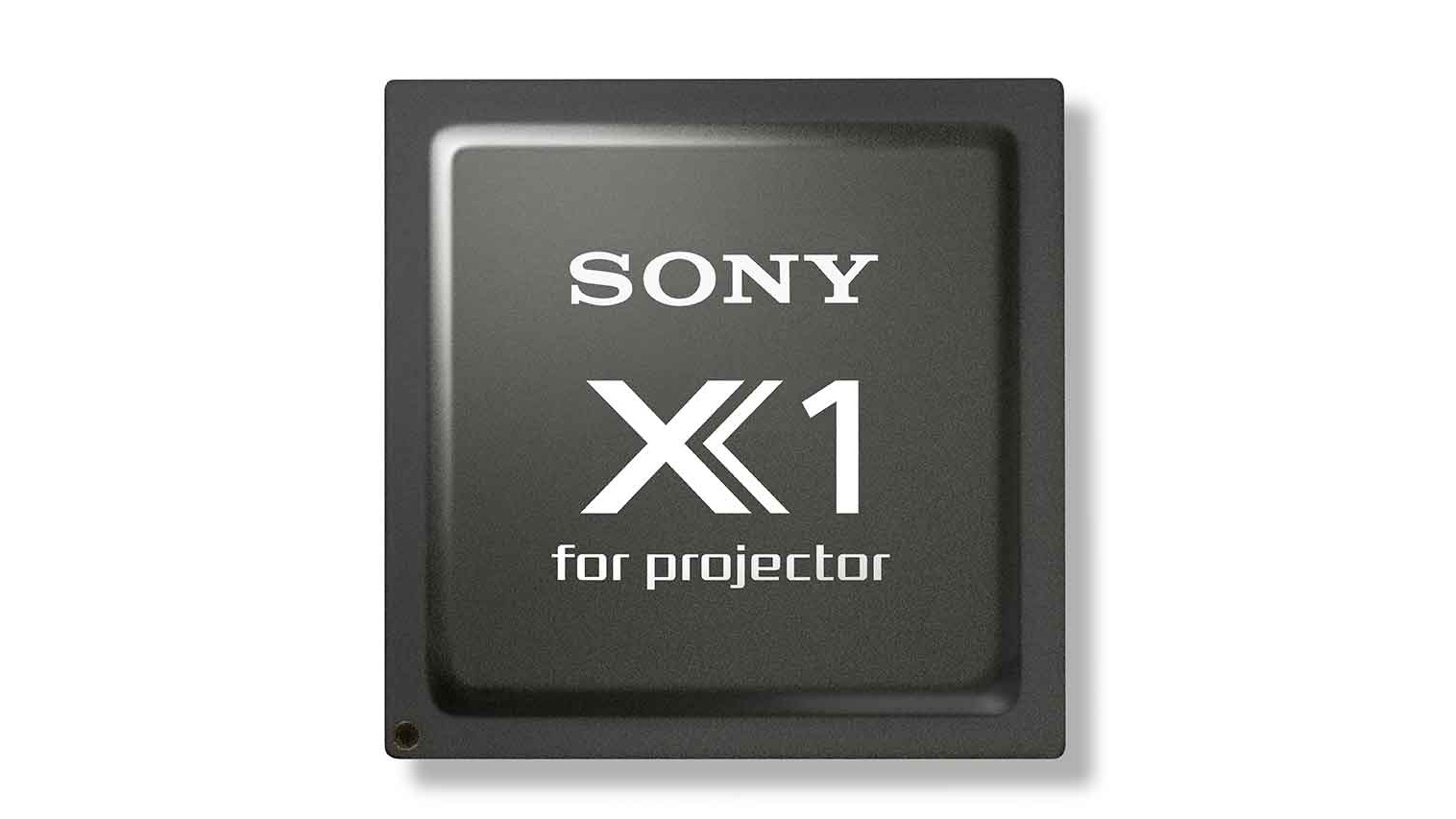
It takes more than a high contrast native 4K panel to make a great picture. You also need excellent picture processing and a high quality lens too. One of the key additions to the 2021 range of native 4K Sony projectors is the introduction of the X1 for Projectors chip for those processing smarts. It's designed to boost HDR, picture detail and motion processing.
The X1 for Projector brings the frame-by-frame analysis, developed for Sony's X1-powered Bravia TVs, to the big screen. That means getting to enjoy dynamic HDR control even though there's no built-in support for Dolby Vision or HDR10+. Instead, Sony's own Dynamic HDR Enhancer can optimise the picture on-the-fly by using Sony's Advanced Iris, which sits behind the lens and helps to adjust the output of the laser or lamp light source for brightness and the optimum HDR effect.
The X1 for Projector also updates Sony's Super Resolution Reality Creation process. It leverages pixel-level analysis for image upscaling, as well as texture and detail enhancement too. It's a technology that's proved its worth for colour and sharpness already in our Sony VPL-VW590ES review.
Right at the very top of the range, you'll find one step better and that's the Sony X1 Ultimate for Projector. It runs an object-based HDR remastering tool that, as its name suggests, aims to enhance details and colours specifically based on the type of object in the frame – flowers, faces, hands etc.
Two databases work together in real-time to clean up noise and upscale, too. Sony's Super Resolution reality creation processing has also been souped-up to improve detail enhancement and the upscaling of lower-than-4K material to a 4096 x 2160 resolution.
- Here are the best projector deals: portable, Full HD, 4K live right now.
Lamp or laser projector
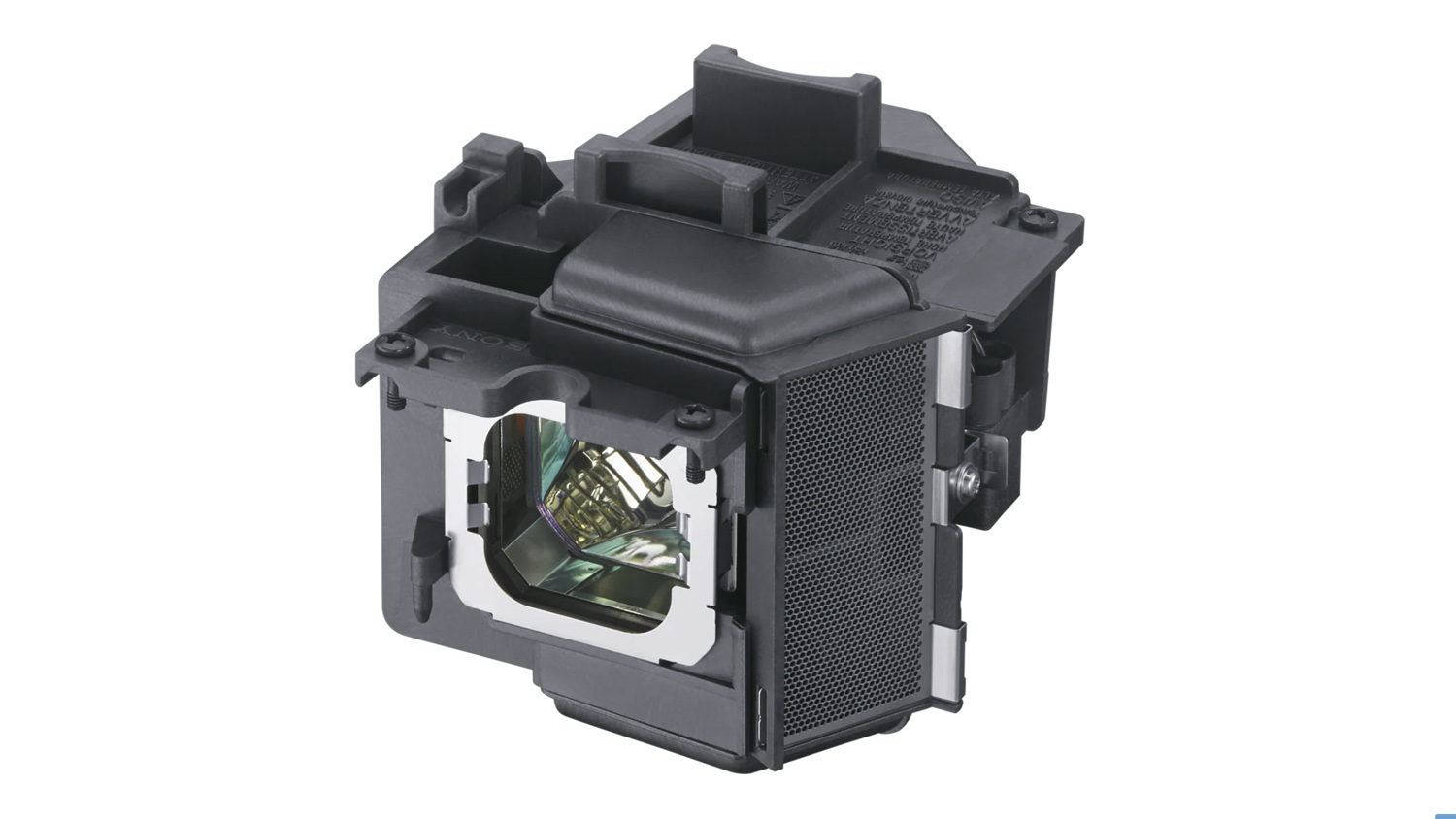
Panels and pixels are all well and good but a projector is nothing without a light source behind all that 4K information. Traditionally, most projectors use high pressure mercury lamps but more recently LED and laser projectors have arrived. There are no LED projectors in the Sony native 4K range but lasers are available for those that can afford them.
Laser projectors certainly have their advantages. They're faster to operate. They're quicker to switch on and quicker to reach maximum brightness. Laser light sources last longer, too. Sony's lamps will need replacing after around 4000-6000 hours of use depending on how bright they're run. The company's Z-Phosphor lasers last for 20,000 hours and should offer more consistent performance for colour and brightness through their lifetime.
Perhaps the most interest advantage, though, is that the laser output can be automatically adjusted directly. Combine that with the usual iris control and Sony's Z-Phosphor machines get the benefits of what the company calls a Dual Contrast Control. The aim is for even better dynamic contrast and stunning frame-by-frame HDR.
The only reason not to go laser is because of the price. Sony's most affordable native 4K laser projector is the Sony VPL-VW790ES and it costs £12,999 ($20,000).
Lenses

Most of the projectors in the 4K SXRD line-up come with the standard Sony aspherical lens, but the higher-up models get something a little more special to go with their Z-Phosphor laser light source.
Made up of 18 glass elements, the ARC-F lens (All Range Crisp Focus) is designed to optimise the colour convergence from the three SXRD panels for a pin-sharp and colour-accurate picture, and it does so with a throw ratio of 1.35:1 to 2.90:1, which can create a 100in image at a distance between 3m to 6m.
Sony claims that it's fully capable of conveying the full resolution of every 4 micron-sized pixel on the panels to the screen. The extra low dispersion glass in the ARC-F aims to achieve a consistent focus throughout the colour spectrum with no colour fringing even during fast changes in image contrast. It should keep the picture just as sharp at the corners as at the centre of the screen too.
The ARC-F is interchangeable though, so, for an additional £8190, you can switch it for the VPLL-Z7008 short focus zoom lens, with its throw ratio of 0.85-1.06:1. That cuts the projector-to-screen distance to under 2m if needs be.
The step-down from the ARC-F is Sony's aspherical 4K lens. It uses an aspherical front element made from an optical polymer, the shape of which helps to maximise optimal focus across a larger area of your projector screen. The throw is rated at 1.38:1 to 2.83:1 which means that a 100in image is possible at distances between 3.1m and 6.4m.
The plastic front element should bring no concern for image quality and it's an ideal material for aspherical shaping – something that would be prohibitively expensive were it glass. The advantage with glass is that it can be ground with more precision. It's also more heat tolerant and, of course, dearer too.
- How to choose projector screens: everything you need to know.
Sony VPL-VW290ES (UK) / Sony VPL-VW325ES (US)
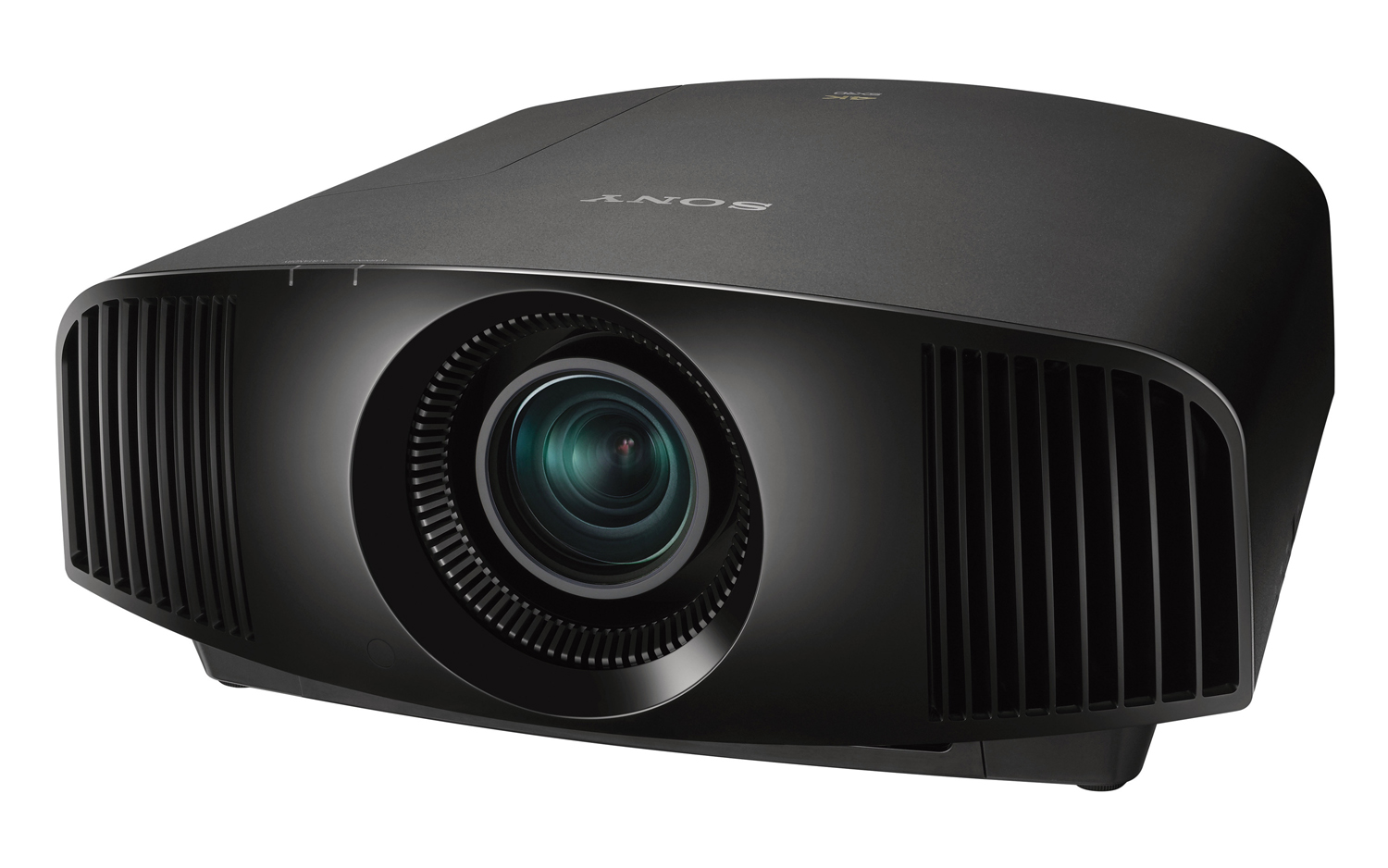
This is the entry-level native 4K projector from Sony. It's new for 2021 and replaces the previous entry-level model and What Hi-Fi? Award-winning model featured further down the page.
It's a lamp-based model with the same three-chip SXRD projector panel system as used throughout the whole line-up. It has a likely very effective 1500 lumens brightness level, which should easily be enough to offer a bright picture in a dedicated cinema room.
Compared to its predecessor, the upgraded picture processor brings dynamic HDR abilities and aims to enhance sharpness and colour through Sony's X1 algorithms. The motorised, aspherical 4K lens allows users to focus, zoom and shift using the remote control to give an image between 60-300in in size.
Sony VPL-VW290ES specs
- Processor: X1 for Projector
- Light source: high pressure mercury lamp (225W)
- Lens: aspherical 4K lens, powered
- Throw ratio: 1.38:1 to 2.83:1
- Lens shift: vertical: +85% -80%, horizontal: +/-31%
- Brightness: 1500 lumens
- Inputs: HDMI x 2 (HDCP 2.2), USB x 1
- Dimensions (HWD): 21 x 50 x 46cm
- Mass: 14kg
- Fan noise: 26dB
- 3D built-in: yes
- Price: £5499 ($5499, AU$8999)
Sony VPL-VW590ES / Sony VPL-VW715ES (US)

This is the upper of the two lamp-based models. The step-up beyond to laser costs nearly twice as much. The Sony VPL-VW590ES offers plenty of punch with its 1800 lumens high pressure mercury bulb.
Otherwise, this projector is very similar to the 290ES above, hence the relatively small difference in price. The SXRD system, X1 chip, lens and even the chassis are all the same.
A five-star reviewed projector, we were very impressed by its fantastic 4K detail, excellent motion processing and solid contrast control.
Read the full Sony VPL-VW590ES review.
Sony VPL-VW590ES specs
- Processor: X1 for Projector
- Light source: high pressure mercury lamp (280W)
- Lens: aspherical 4K lens, powered
- Throw ratio: 1.38:1 to 2.83:1
- Lens shift: vertical: +85% -80%, horizontal: +/-31%
- Brightness: 1800 lumens
- Inputs: HDMI x 2, USB x 1
- Dimensions (HWD): 21 x 50 x 46cm
- Mass: 14kg
- Fan noise: 26dB
- 3D built-in: yes
- Price: £6999 ($10,000, AU$11,999)
Sony VPL-VW790ES / Sony VPL-VW915ES (US)

Things start getting really interesting here with the 790ES, the entry-level laser projector in Sony's native 4K family.
The Z-Phosphor laser light source brings 2000 lumens of brightness, which Sony says will make for some truly vibrant on-screen images.
Almost as important, it takes light source life expectancy up to around 20,0000 (from the 4000-6000 hours of a mercury lamp). That works out as something like two feature films per day for the next 13 years. Should be enough.
Sony VPL-VW790ES specs
- Processor: X1 for Projector
- Light source: laser diode
- Lens: aspherical 4K lens, powered
- Throw ratio: 1.38:1 to 2.83:1
- Lens shift: +85% -80% vertical, +/-31% horizontal
- Brightness: 2000 lumens
- Inputs: HDMI x 2, USB x 1
- Dimensions (HWD): 22 x 56 x 50cm
- Mass: 20kg
- Fan noise: 24dB
- 3D built-in: yes
- Price: £12,999 ($20,000, AU$TBC)
Sony VPL-VW890ES / Sony VPL-VW1025ES (US)
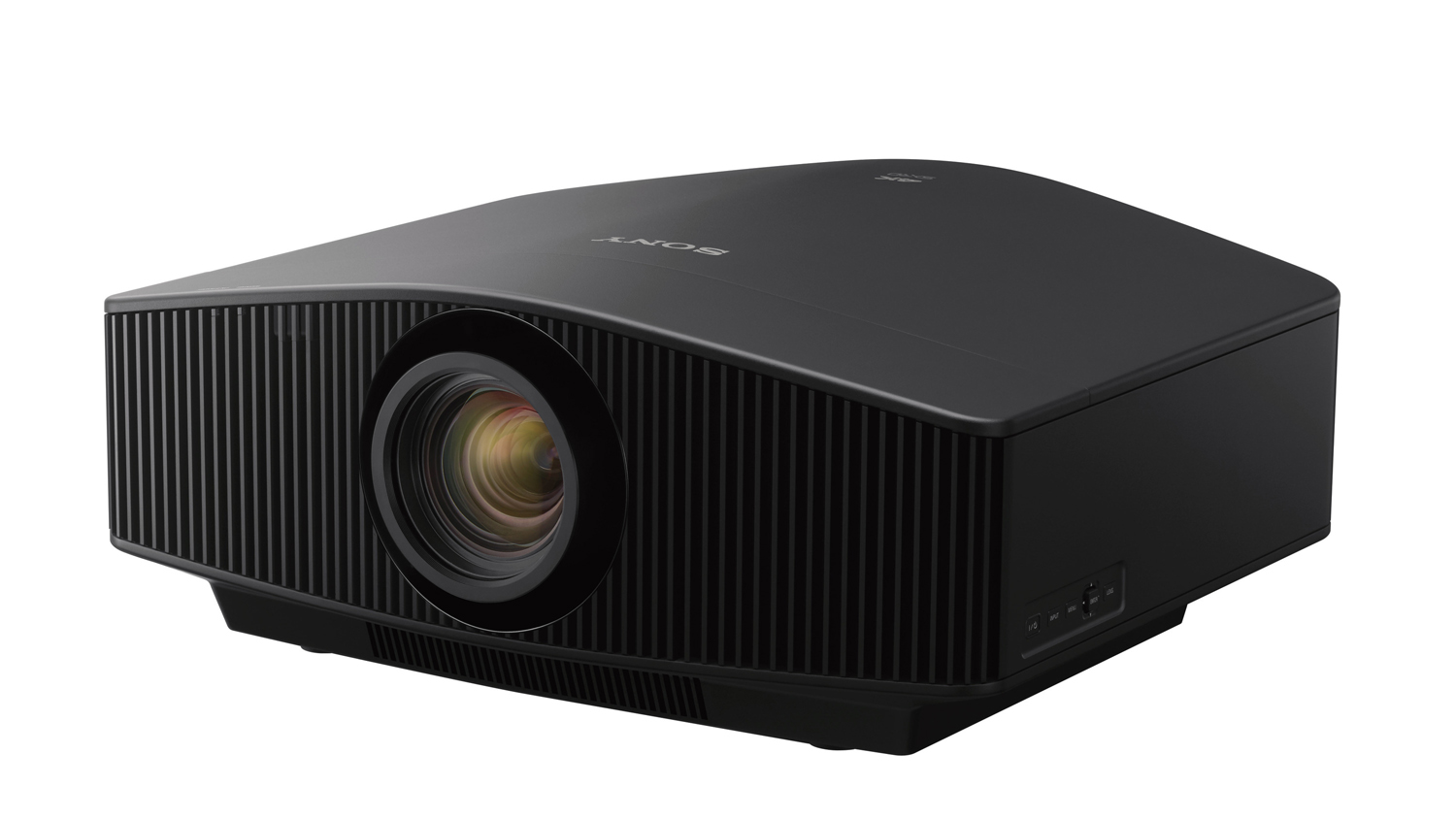
It's up at the dizzy heights of this second-to-top SXRD projector where the all-glass ARC-F lens comes in. The extra low dispersion glass is designed to apply consistent sharpness from corner to corner no matter how hot the projector gets and without a hint of chromatic aberration at any part of the spectrum.
The bundled lens can create a 100in picture at a distance between 3m to 6m but, if you're not blessed with that kind of space, you can switch to the VPLL-Z7008 short focus zoom lens to cut the throw down to just 2m.
Either way, you still get to harness the power of that 2200 lumens laser light source and the dual contrast control thanks to the dynamic HDR capabilities of the X1 processor in combination with the Advanced Iris and adjustable laser.
Sony VPL-VW890ES specs
- Processor: X1 for Projector
- Light source: laser diode
- Lens: ARC-F lens, powered
- Throw ratio: 1.35:1 to 2.90:1
- Lens shift: ± 80% vertical, ± 31% horizontal
- Brightness: 2200 lumens
- Inputs: HDMI x 2, USB x 1
- Dimensions (HWD): 22 x 56 x 50cm
- Mass: 22kg
- Fan noise: 24dB
- 3D built-in: yes
- Price: £24,999 ($40,000, AU$TBC)
Sony VPL-GT380
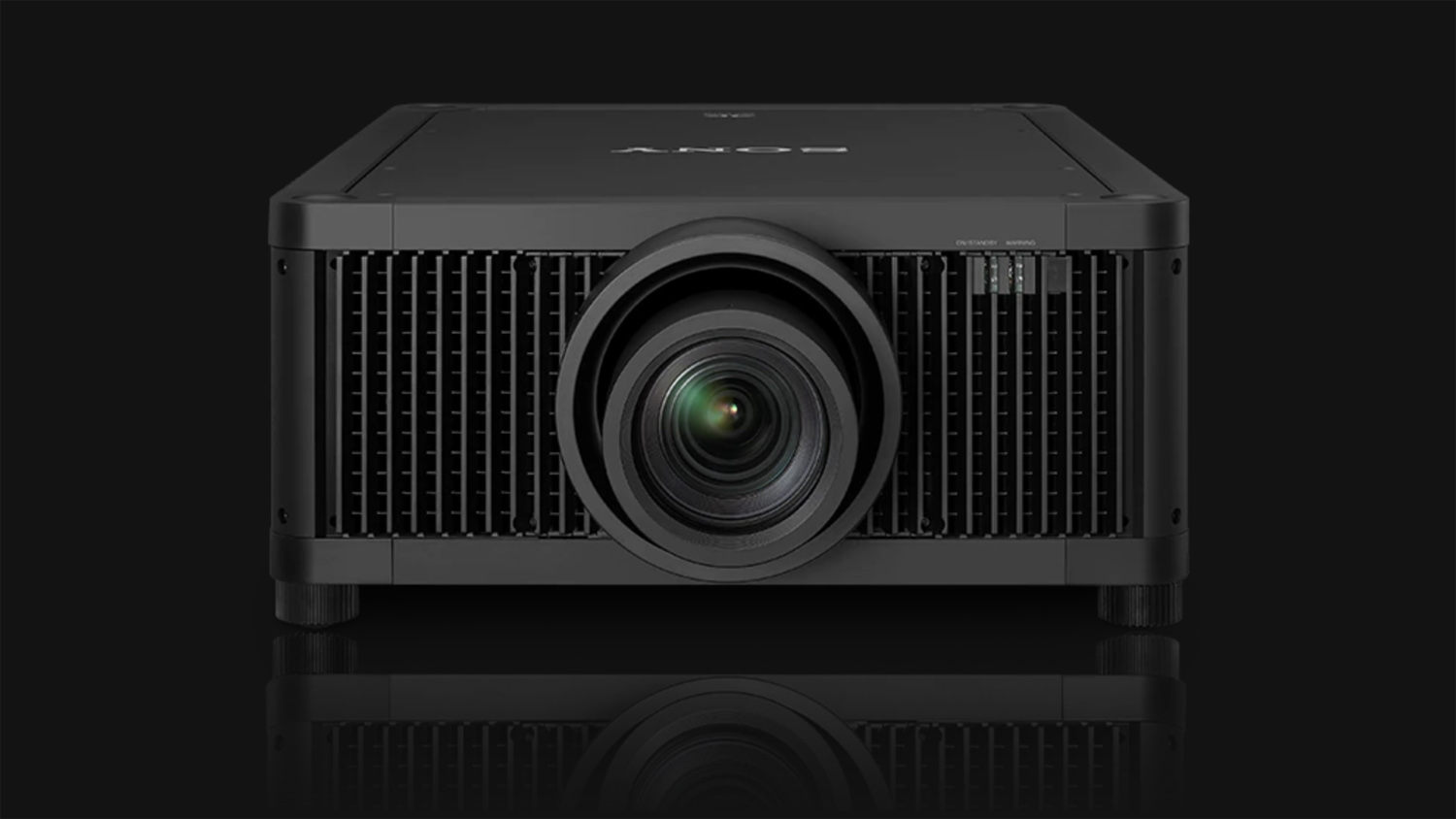
Right at the top of the SXRD native 4K projector mountain, you'll find the Sony VPL-GT380. The brightness of its laser light source leaps to an incredible 10,000 lumens but, be warned, the sheer size of this machine starts becoming a serious consideration. At 51kg and with dimensions of 23 x 56 x 76cm, it's for larger sized private cinemas.
It's also the only member of the SXRD family to use Sony's X1 Ultimate for Projector picture processor. This enables object-based HDR and Super-Resolution remastering of the image in real-time for faster and more accurate levels of exposure and sharpness to your movie watching.
The Sony VPL-GT380 is built to work with the ARC-F lenses but there isn't one included in the box. You can choose between a 1.49:1 to 2.91:1 lens or a shorter throw 0.85:1 to 1.09:1. There's no 3D emitter built in either, but there is a 3D sync output where you can add an external accessory for the job.
Sony VPL-GT380 specs
- Processor: X1 Ultimate for Projector
- Light source: laser phosphor
- Lens: ARC-F lens, powered
- Throw ratio: 1.49:1 to 2.91:1 or 0.85:1 to 1.09:1
- Lens shift: ± 80% vertical, ± 33% horizontal / ± 50% vertical, ± 19% horizontal
- Brightness: 10,000 lumens
- Inputs: HDMI x 2, USB x 1
- Dimensions (HWD): 23 x 56 x 76cm
- Mass: 51kg
- Fan noise: 33 dB to 39 dB
- 3D built-in: no
- Price: £79,999 ($80,000, AU$TBC)
Other Sony 4K projectors
The native 4K projectors above are the most current models from Sony at each price point but you'll also find their predecessors available for a while longer still. We've listed ones you're most likely to find in stock below.
The good news is that these older machines are still native 4K projectors with Sony's SXRD panel technology and an X-series picture processor. You'll find both laser and lamp models as well as a What Hi-Fi? Award-winner.
The prices will doubtless drop a little as time goes on but, if discounts aren't as strong as you might hope, then rest assured it's because these are all still good projectors which may be well worth picking up.
Sony VPL-VW270 / Sony VPL-VW295ES
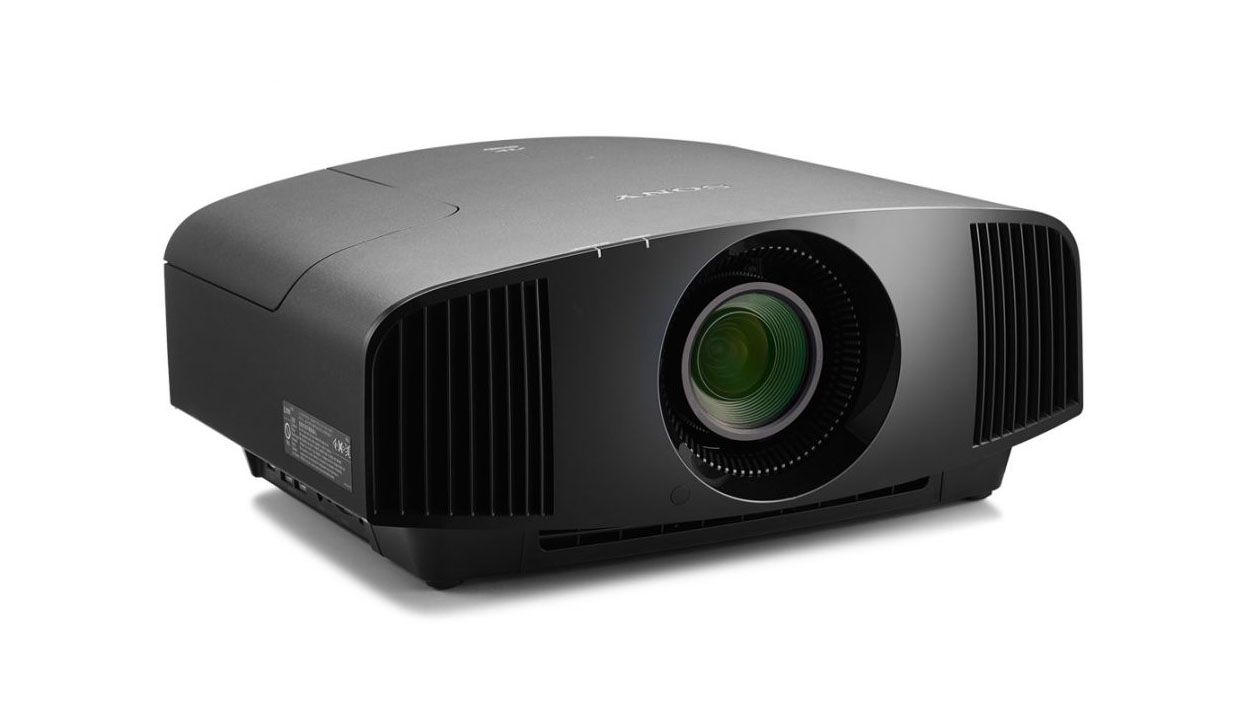
This Award-winning projector is the former entry-level SXRD machine from Sony. It's still a native 4K projector and well worth picking up if you can find a good deal on one.
It's just as bright and likely as sharp as the 290ES but, while HDR compatible, you won't benefit from any dynamic HDR abilities: it doesn't have those capabilities in its picture processor nor does it have an Advanced Iris to control the amount of light coming through the lens either.
It's gone out of production now that it's been replaced but you should still be able to find stock for quite a while.
Read the full Sony VPL-VW270 review.
Sony VPL-VW870 / Sony VPL-VW995ES (US)
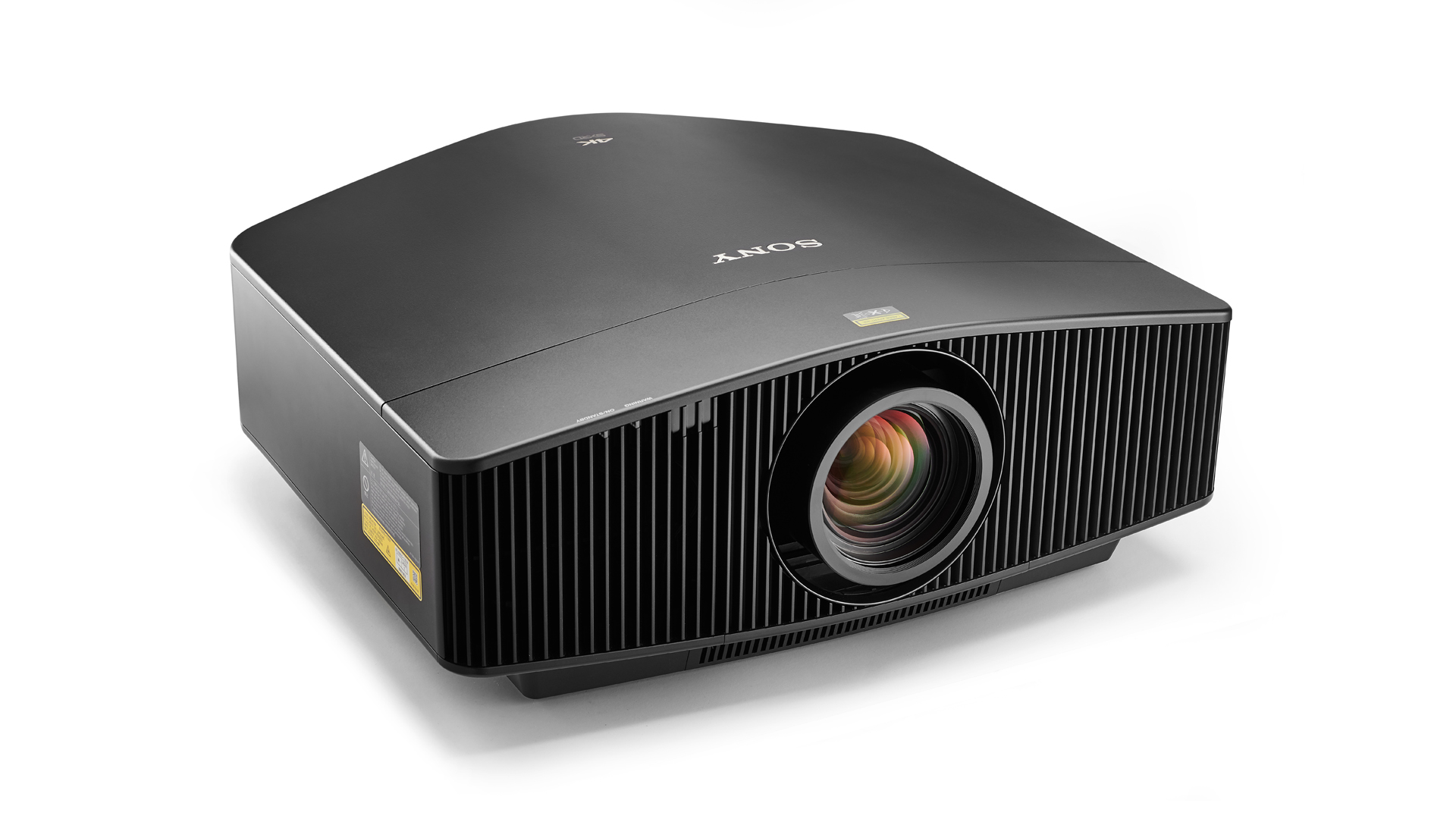
The Sony VPL-VW870 is a tempting proposition on paper but, even without having reviewed its recent replacement, the VW890ES, we're not convinced it's a deal you should take.
This four-star reviewed, 4K projector certainly performs well but without dynamic HDR and Sony's Reality Creation engine, it'll take a more than a few thousand off the ticket price to convince us, particularly if the VW890ES turns out to be a top performer.
Following the pattern, the laser light source and ARC-F lens are still present with the core specs and SXRD panel used the same too.
Read the full Sony VPL-VW870ES review.
MORE:
These are the best Blu-ray discs to test your system.
Take a look a the best home cinema and AV deals live right now.
What Hi-Fi?, founded in 1976, is the world's leading independent guide to buying and owning hi-fi and home entertainment products. Our comprehensive tests help you buy the very best for your money, with our advice sections giving you step-by-step information on how to get even more from your music and movies. Everything is tested by our dedicated team of in-house reviewers in our custom-built test rooms in London, Reading and Bath. Our coveted five-star rating and Awards are recognised all over the world as the ultimate seal of approval, so you can buy with absolute confidence.

